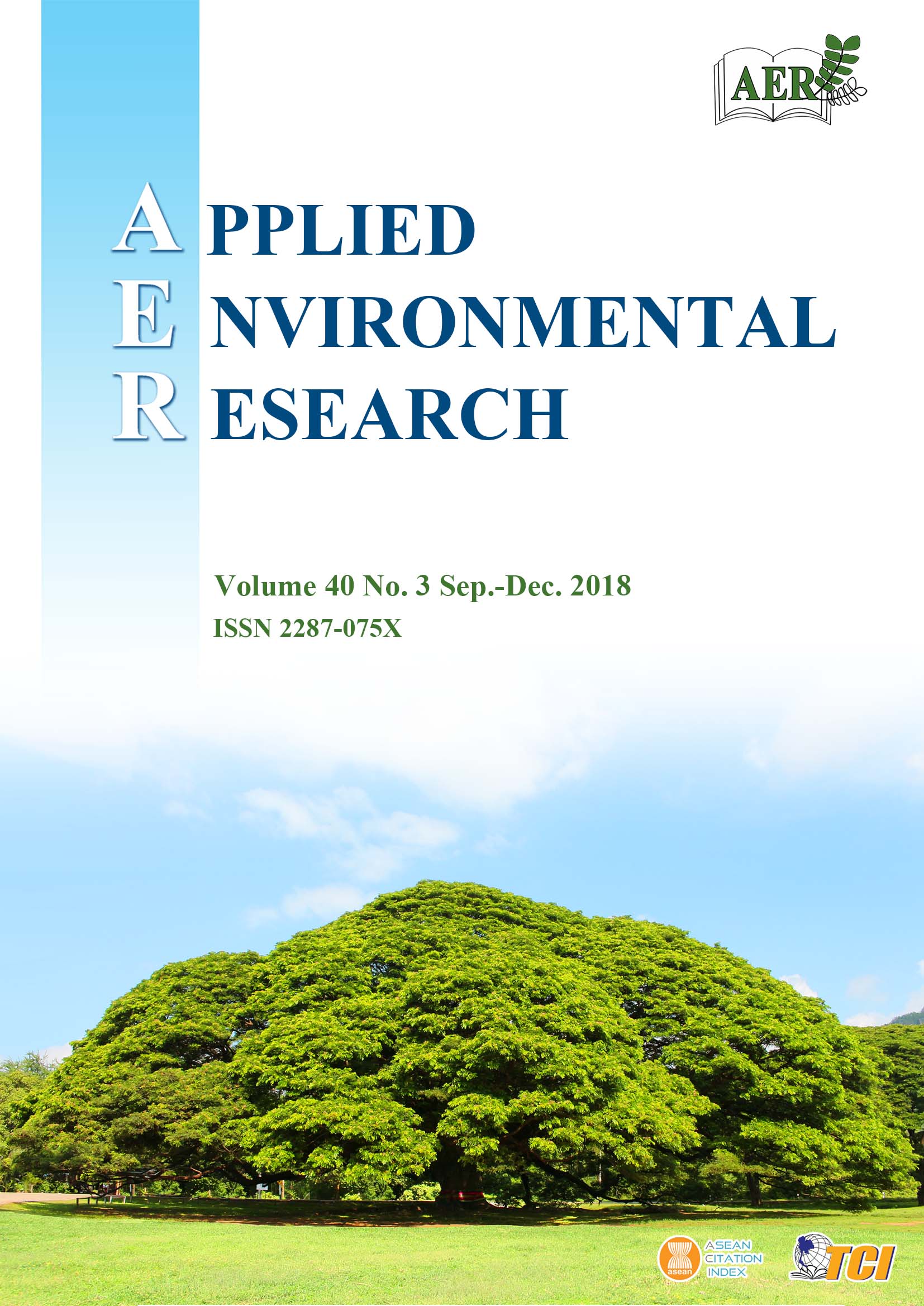SWOT Analysis for Preliminary Study of Municipal Waste Management Toward a Zero Waste Highland Community in Northern Thailand
Main Article Content
Abstract
This research aims to investigate the situation of municipal waste management in the highlands of Chiang Rai, Thailand in order to formulate a preliminary strategic action plan for efficient management of municipal solid waste. In-depth interviews, questionnaires and discussions between government officers and community residents were conducted, in addition to analysis of the composition of solid waste in the municipality. SWOT analysis (Strengths, Weaknesses, Opportunities, and Threats) of current municipal waste management was performed and considered together with the assessment indicators of zero waste management: geo-administrative, socio-cultural, management, environment, economic, organization and governance and policy, in order to identify key domains and locally relevant indicators. The results pointed to two main weaknesses of municipal waste management: lack of knowledge, combined with low levels of implementation of best practice in waste management. This was attributed mainly to language barriers impeding knowledge exchange. To improve the prospects for a zero-waste community in these highland areas, there is a need to improve administration and the social attitudes by promoting the 3Rs concept and initiating waste utilization projects to raise awareness and consciousness within local communities. Importantly, imparting the knowledge of waste management using effective parent language for communication is a key success factor for enhancing the effectiveness of municipal waste management.
Article Details

This work is licensed under a Creative Commons Attribution-NonCommercial 4.0 International License.
Published articles are under the copyright of the Applied Environmental Research effective when the article is accepted for publication thus granting Applied Environmental Research all rights for the work so that both parties may be protected from the consequences of unauthorized use. Partially or totally publication of an article elsewhere is possible only after the consent from the editors.

